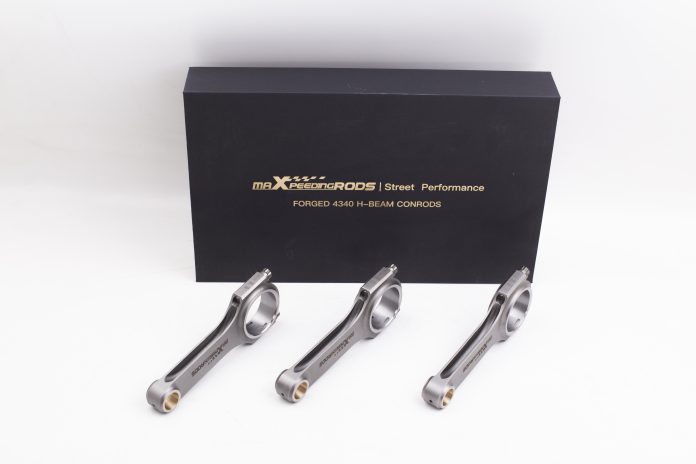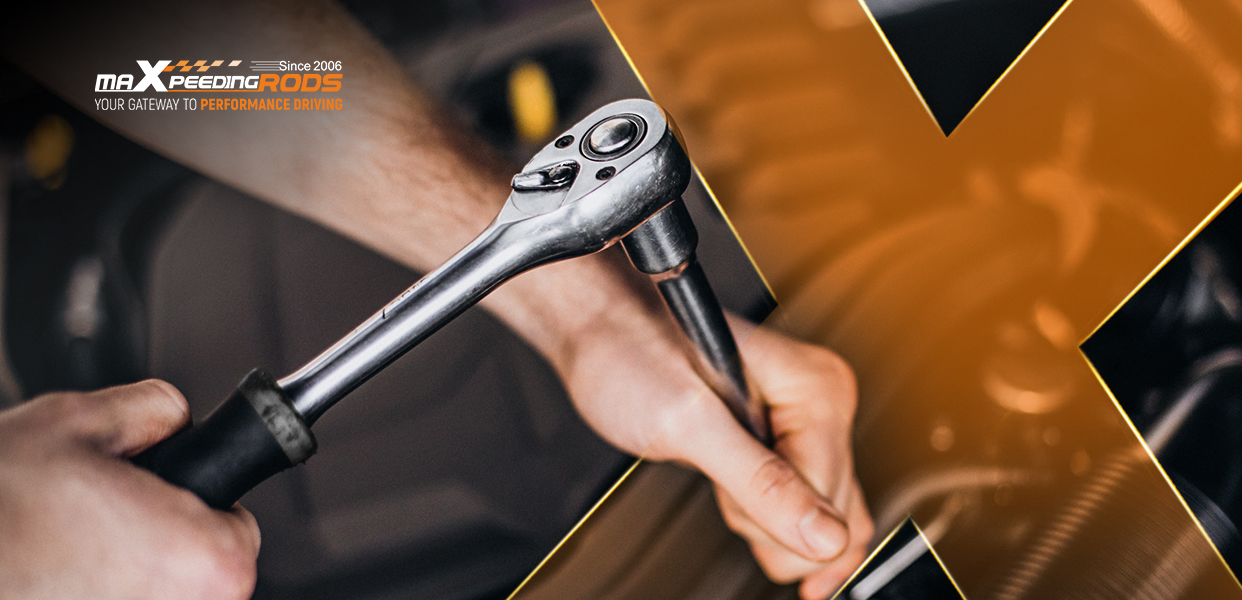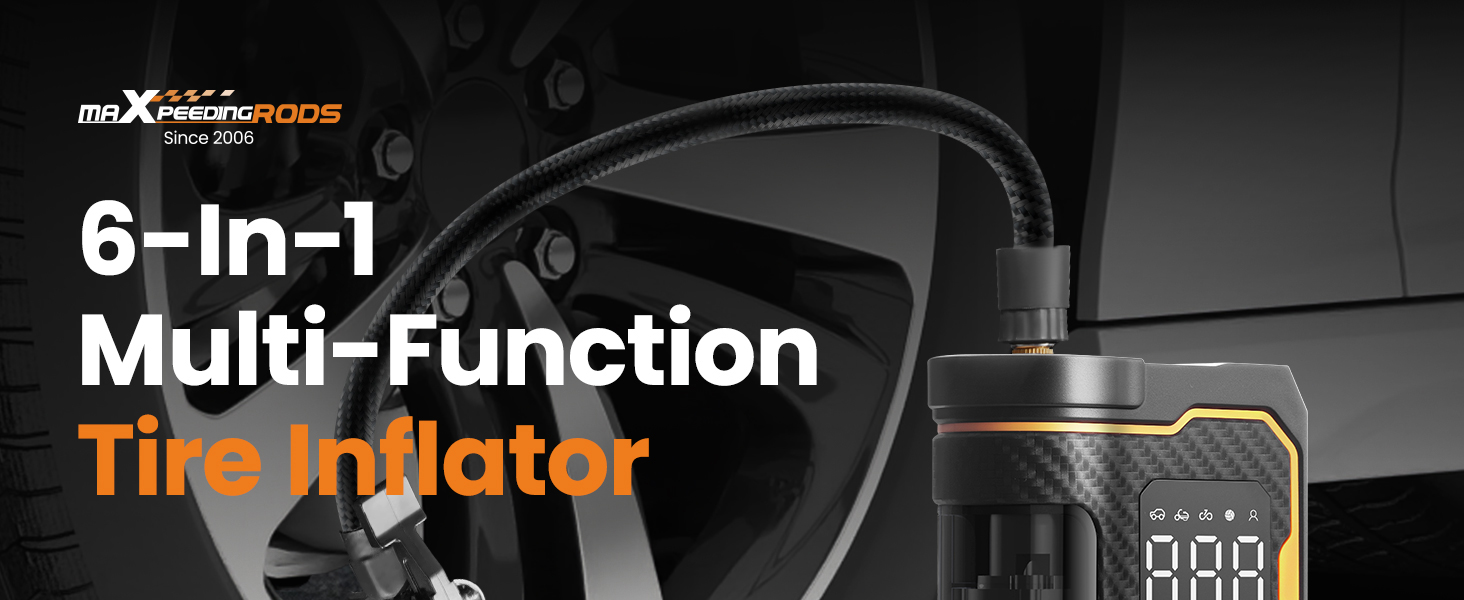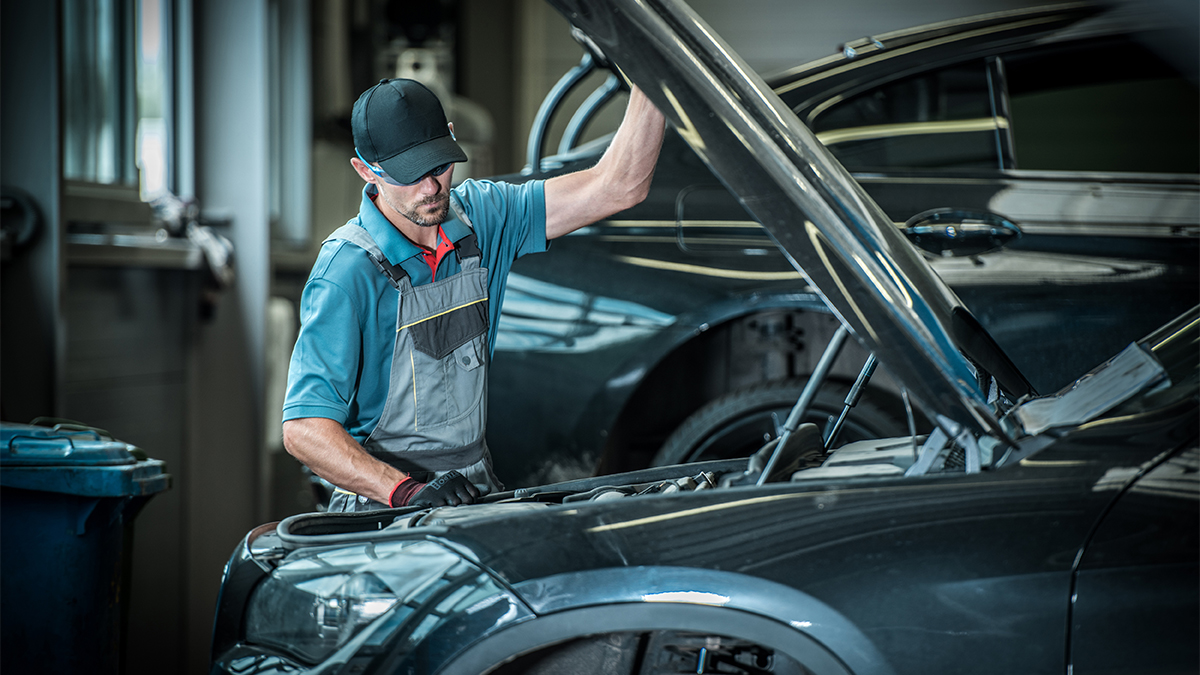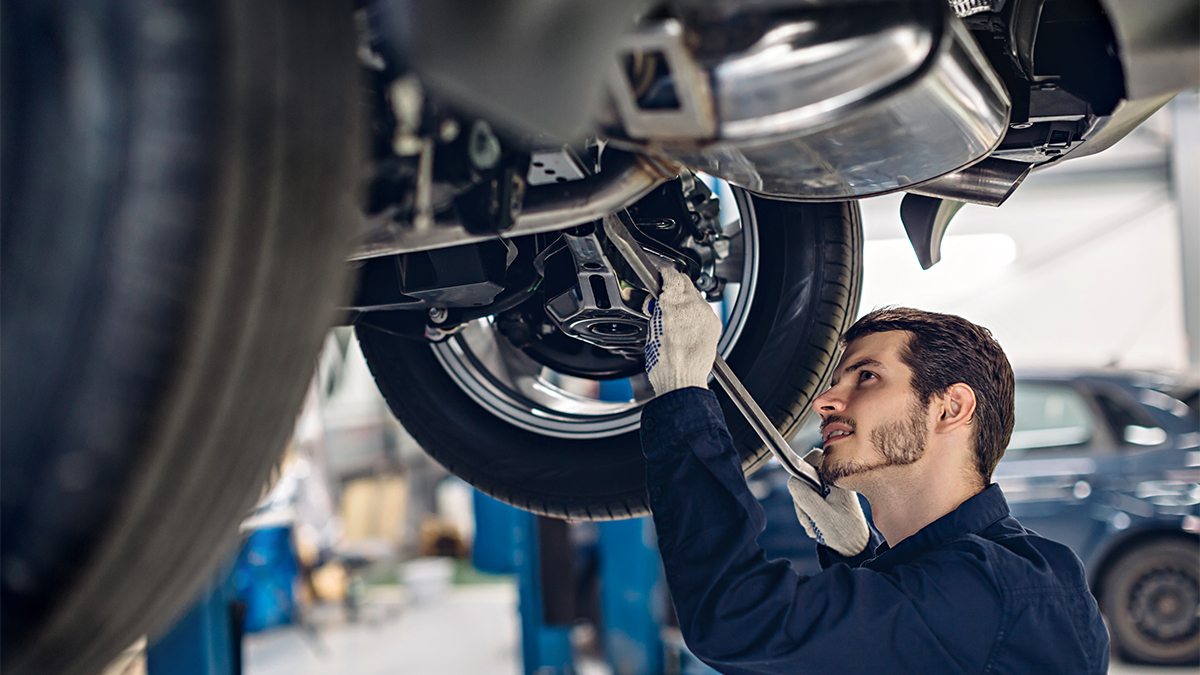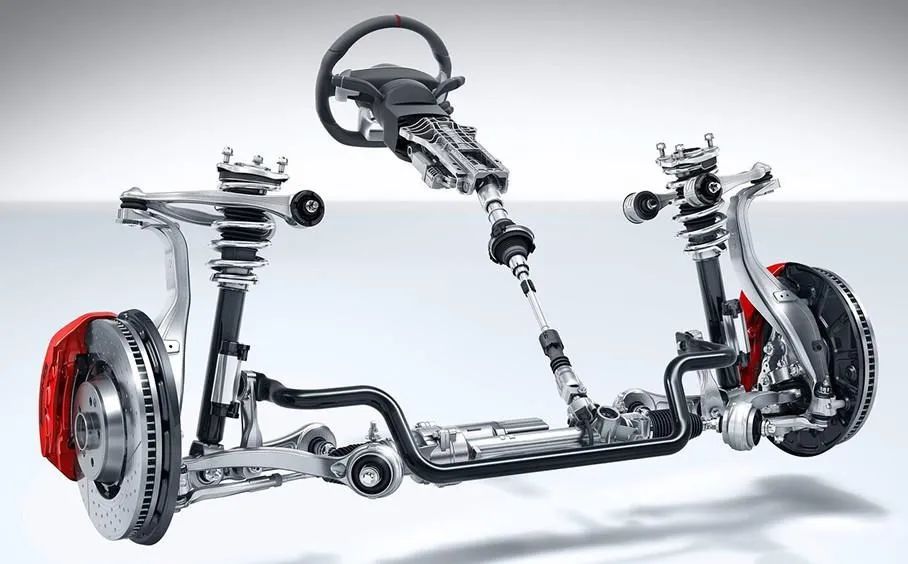Editor’s note: How to Choose the Right Connecting Rods? I-Beam or H-Beam? Steel or Aluminum? In this article we will provide you with a detailed explanation.
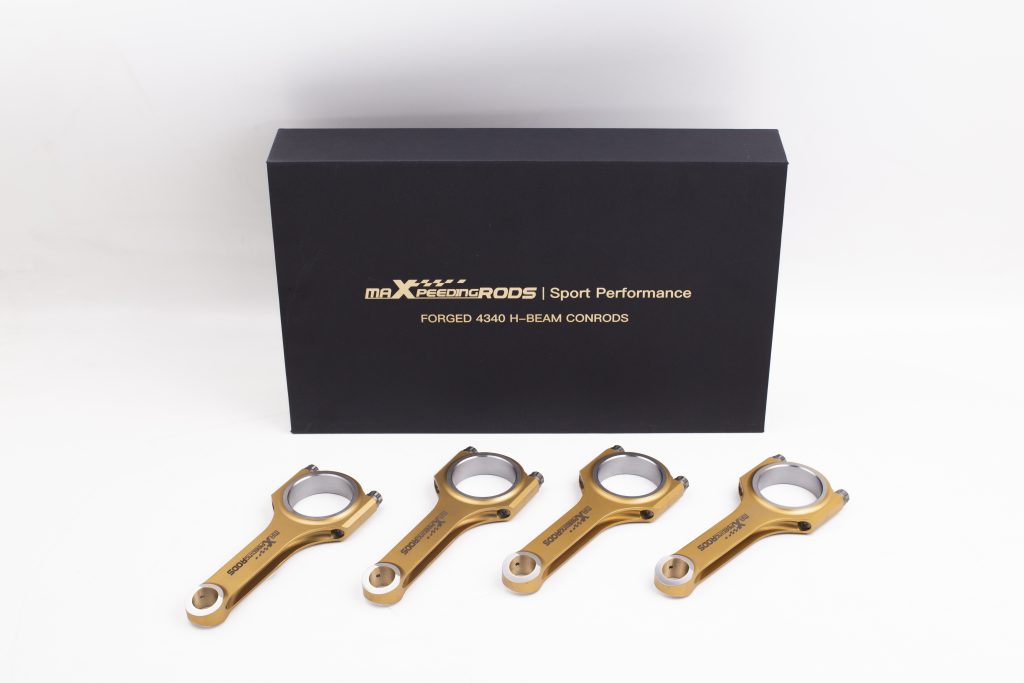
How to get the right connecting rods for your engine? It’s not as simple as it sounds. What connecting rods to choose is very important when building your engine. Connecting rods not only affect whether best fit your engine or not, they also play a huge part in your engine performance and longevity. And there are some factors you have to consider when choosing your connecting rods. I will mention two factors in the article.
Firstly, the style or the type of connecting rods that are available to fit your engine, I-Beam or H-Beam?
The I-Beam connecting rods have a sort of concave side that runs the length of the rod and has raised edges. If you cut that in half, you would find that the rods look like the letter “I”. Maybe that’s why called I-Beam connecting rods.
The I-Beam connecting rods are lighter in weight, which makes them be the preferred choice for higher revving and RPM applications. They can save weight and provide extra clearance with less strength. So the I-Beam design is often used on stock connecting rods cause the combination of lighter weight and strength.
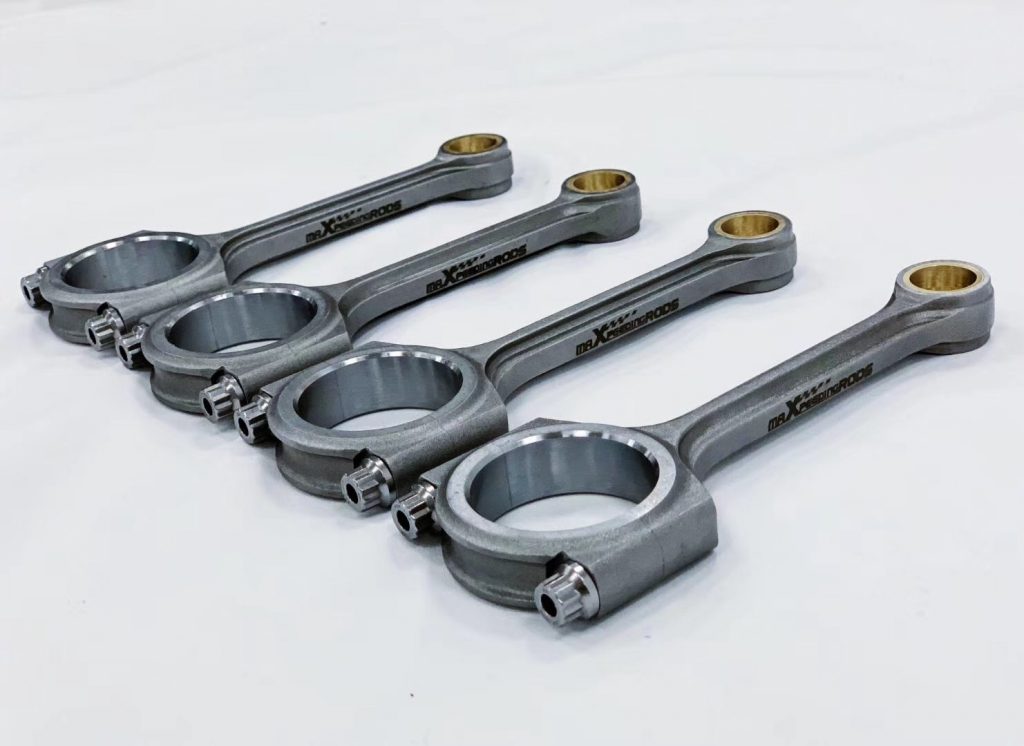
To the H-Beam connecting rods, which have larger flat sides that run the length of the rod with a thin center selection in the middle. Same as I-Beam Connecting Rods, if you cut that in half, you will find a letter “H”.
The H-Beam connecting rods are a little bit heavier, stiffer, more rigid and stronger than I-Beam, so they are the priority selection for high horsepower and high cylinder pressures. They can better distribute and handle the higher compressive loads which placed on them.
“H-beam is a stronger design when bending stress is considered,” Davis said. “H-beam rods are more difficult to machine, so they are often more expensive. I-beam rods are easier to produce and can sometimes be lighter than H-beams. All other variables being equal, H-beam rods are the strongest design.”
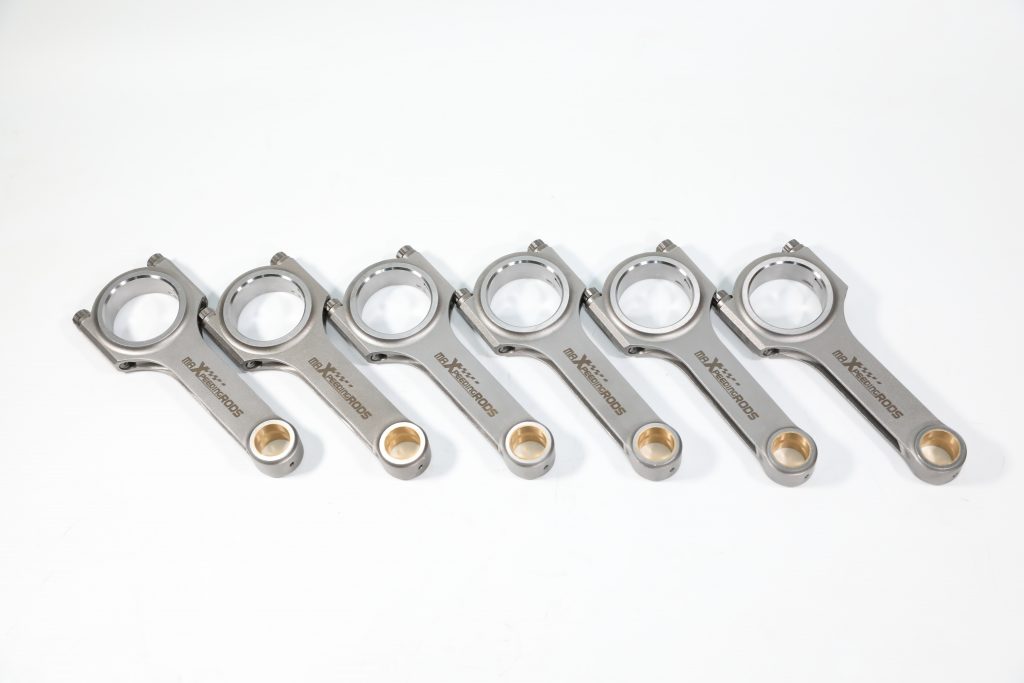
Whether you choose H-beam or I-beam, you should also consider the other factors.
Secondly, the connecting rods material. Steel or Aluminum?
Steel rods are made with many types by manufacturers, like cast-steel, forged steel, and billet steel. Most aftermarket steel con-rods are made from forged steel, and there are different styles of forged steel on basis of the material grade, for more highly modified competition applications, the majority of manufacturers, including MaXpeedingRods, use the 4340 or 4330 steel.
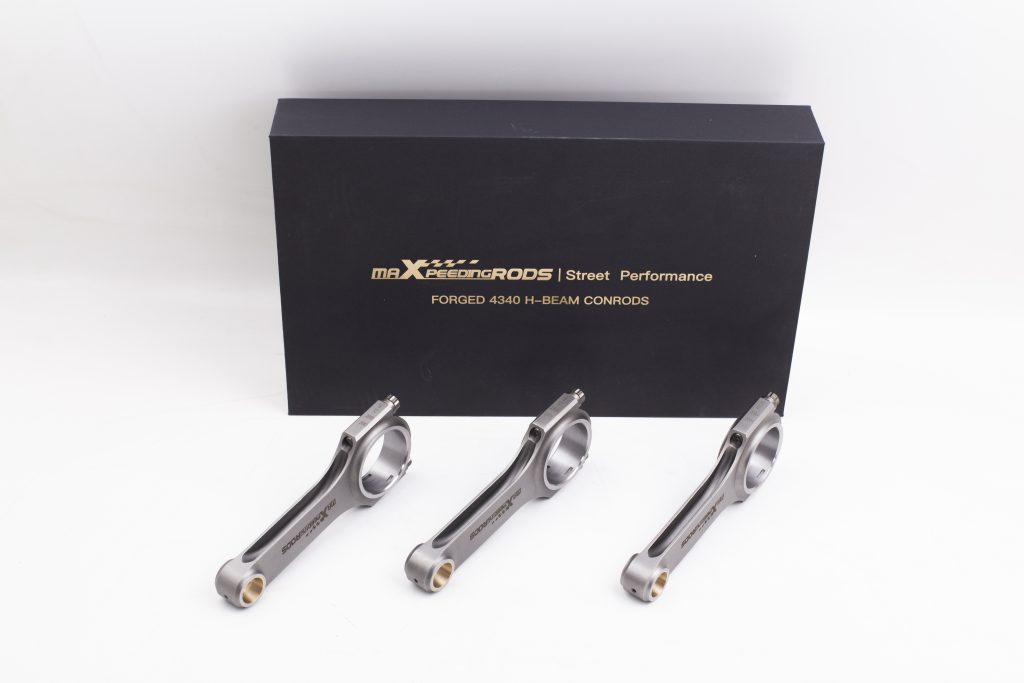
The steel connecting rods are suitable for most application cause the special material. Steel won’t stretch or fatigue easily.
The aluminum rods are absolutely a lighter weight to choose for high RPM, higher and faster revving, reducing vibration and stress on the crankshaft, which makes them very popular for racers, while they are less stronger than the steel and they have a more limited longevity depending on how they are used.
The steel con-rods are less prone to stretch and fatigue than aluminum as easily cause the heavier weight.
Many racers want their con-rods last as long as possible, so the steel con-rods are the preferred and economical choice, but if you are a racer and can afford a new set of rods frequently, aluminum rod is also a good choice.
